A description of the Stonehenge and it setting
A comprehensive laser examination of the Stonehenge in the previous year shows original information and axe carvings on how the shaping of stones was carried out. In the analysis, seventy one new-fangled axed head carvings were found.
These increased the acknowledged Stonehenge number to one hundred and fifteen. Basically, the axed head designs related to a particular epoch in the ancient bronze era possibly between seventeen fifty and fifteen hundred BC. This came about one thousand years subsequent to the erection of the huge sarsen stone loop.
Stonehenge report, which is contrary to media reports, showed that it was hardly a huge gallery of arts (Tilley, 2010). In fact, Stonehenge carving appeared just on 4 stones. See the diagram below.
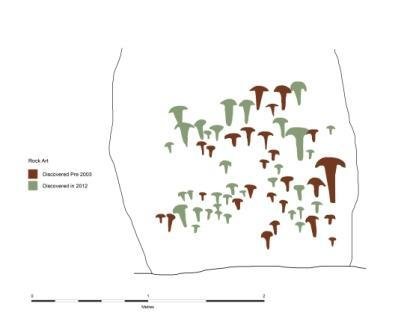
The above scanned picture similarly divulged far-fetched detailed information on how stone shaping occurred. For instance, there were those who pecked the vertical lines and those who horizontal lines using stone mauls (Tilley, 2010).
The diagram below is an English Heritage publication. It offers decisive information on the amount of harms that guests carving graffiti and memento huntsmen caused when they chipped headstones’ bits off.
One of the seventeenth-century stone architects involved in chipping off stones was Sir Wren Christopher (Gaffney, Woodward & Yorston, 2000).
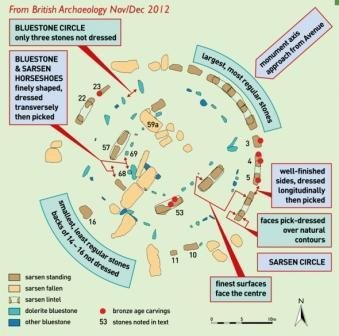
An innovative henge has been discovered via geophysical study
Near Stonehenge, the formerly undisclosed henge headstone has been invented. When the most modern techniques that could observe underground devoid of any exaction were used, it was easier to see the intervallic ditch dark circle. Two wide gaps emanated from opposite one another.
They were lined up in the middle-summer daybreak and mid-winter nightfall, thus they seemed as entries to the headstone. They resembled the Stonehenge itself (Gaffney, Woodward & Yorston, 2000). See the diagram below.
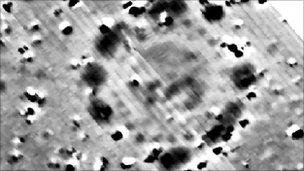
Right within the trench it is equally feasible to recognize the twenty four postholes light shadows which encircled the twenty five meters central area diameter. There are more murky regions near the midpoint which specified depths as well as huge dimness that suggested the mass that piled there.
This was possibly in the later phases in the utilization of that headstone. When compared with the modern Stonehenge, the henge possibly dates back from twenty-five hundred BC to three thousand BC (Darvill, 2007).
Outline of previously done archaeological fieldwork
Approximately less than a kilometer afar the iconic Stonehenge, a key ceremonial headstone that necessitated the rewriting of history was discovered. The archeological team that led to the discovery included Australian Virtual Archeology, Ludwig Boltzmann Archeological Prospection Institute and Birmingham University. See the picture below.
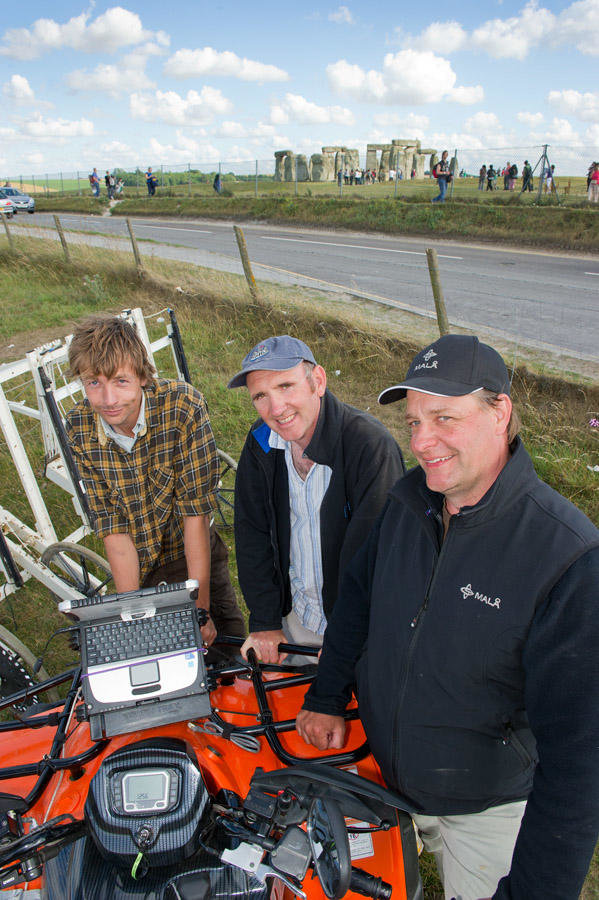
A discovery by Prof. Gaffney Vince from the University Spatial and IBM Visual Technology Center, uncovered a new-fangled henge. It aimed to map fourteen square kilometers of the Stonehenge via the use of the most recent geophysical imaging practices.
Prof. Neubauer Wolfgang of Boltzmann Ludwig Institute found out that this innovation will help archaeologists on how to study the past (Tilley, 2010). The survey work will heavily enhance the understanding and progress conservation management for the National Trust on its Stonehenge domain as understood by Papworth Martin.
Another recent discovery was that in 2009 where Bluestone henge was unearthed. This was made by the Stonehenge Riverside Project which comprised of the following personalities; Pearson Mike Parker, Pollard Josh, Welham Kate, and Thomas Julian. Their study suggested that the Stonehenge served as a cenotaph park for judgmental era starting from around three thousand BC (Tilley, 2010).
Several excavations were made in the year 2008 including; The Stonehenge Avenue, Aubrey Hole 7, the Stone-dressing area outside Stonehenge, Stonehenge palisade, Later Neolithic settlement and the Stonehenge Cursus.
All these excavations were in a position to answer the precise questions as regards the Stonehenge discoveries. See the diagrams below for the archeological excavations (Tilley, 2010).
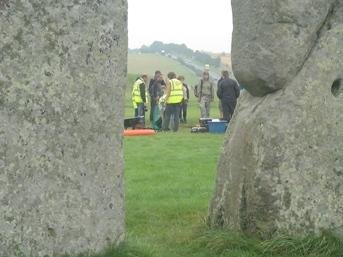
Aubrey Hole 7
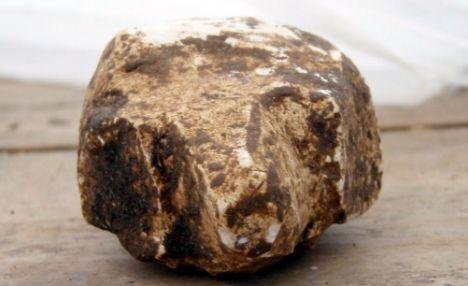
Stonehenge palisade
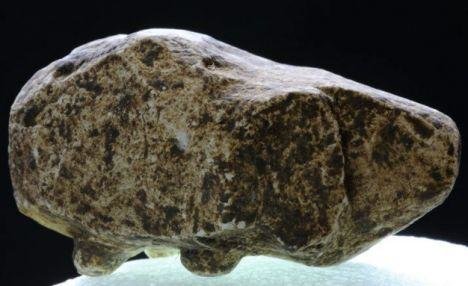
Later Neolithic dressing
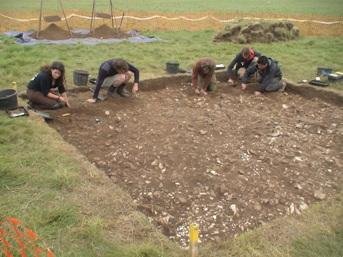
The stone-dressing area outside Stonehenge
References
Darvill, T 2007, Stonehenge: the biography of a landscape, Tempus Publishers, Stroud United Kingdom.
Gaffney, V, Woodward, A & Yorston, R 2000, Stonehenge landscapes: Journeys through real-and-imagined worlds, Archaeopress, Oxford, United Kingdom.
Tilley, C 2010, Interpreting landscapes: geologies, topographies, identities; explorations in landscape phenomenology 3, Left Coast Press, Walnut Creek, CA.